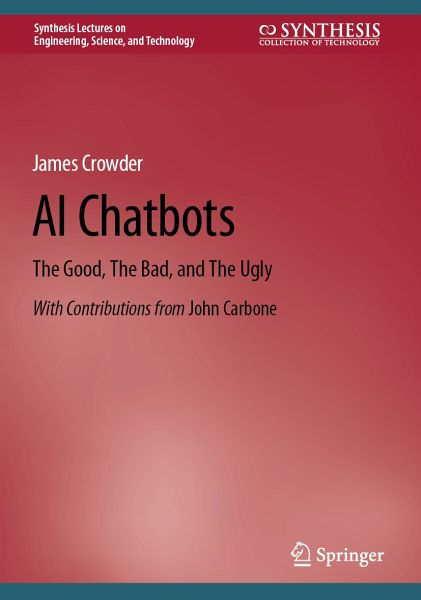This book explores the subject of artificial psychology from the standpoint of how online Chatbots have infiltrated and affected societies and the world in general. The book explores the psychological effects of depending on an online entity for our needs - even if it's a reminder of scheduled events. The author provides insight into the notion of human-Chatbot exchanges, understanding, and false emotions both from the Chatbot and from the human. He goes on to investigate and discuss the dangers of too much reliance on technology that learns from a variety of sources and how some sources can negatively influence Chatbots, and by doing so, negatively affect people. The book also discusses human-Chatbot interactions and the natural language interface(s) required to respond adequately to humans. Lastly, the author explores the notion of ethical considerations for people, based on their interactions with Chatbots, including information based on cultural differences between different regions of the world.
Dieser Download kann aus rechtlichen Gründen nur mit Rechnungsadresse in A, B, BG, CY, CZ, D, DK, EW, E, FIN, F, GR, HR, H, IRL, I, LT, L, LR, M, NL, PL, P, R, S, SLO, SK ausgeliefert werden.









